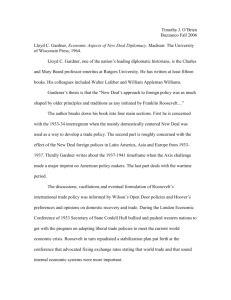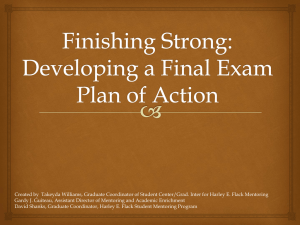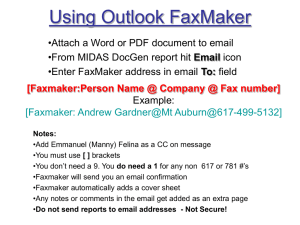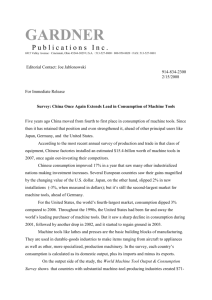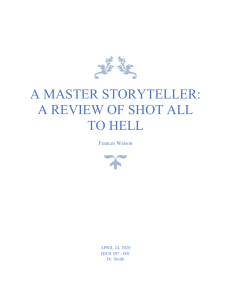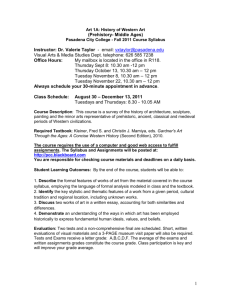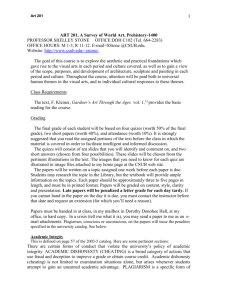Learning Theories PPT
advertisement
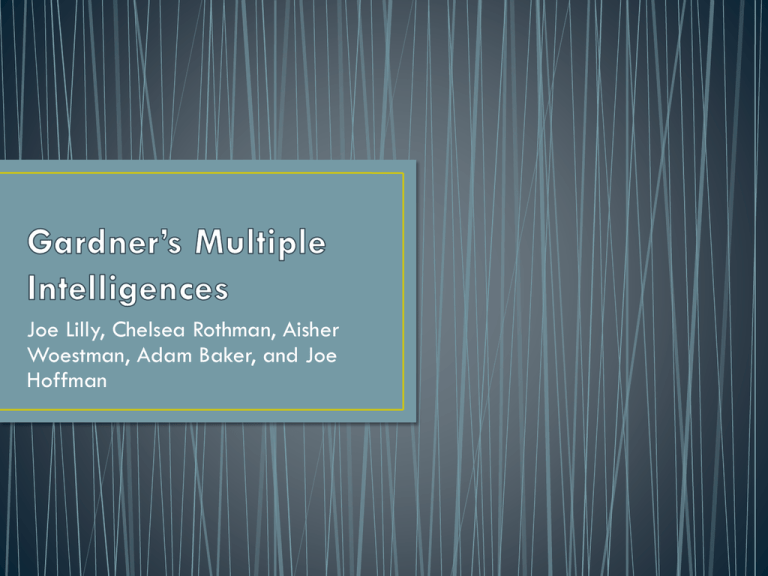
Joe Lilly, Chelsea Rothman, Aisher Woestman, Adam Baker, and Joe Hoffman • Parents originally from Nurnberg in Germany in 1938 • Born in Scranton, Pennsylvania in 1943 • Any childhood activities that may have been considered “risky” were limited • Intellectual & creative endeavors were encouraged. • Education • Attended a prep school in Kingston, PA • Later went onto study at Harvard University. • • • • Wanted to study law Eric Erickson, a tutor, encouraged Gardner to be scholar Interest in Phycology grew, graduated with summa cum ladde honors PhD completed in 1971, dissertation was on style sensitivity on children • Project Zero • Research team at Harvard on arts education • Provided Gardner a place to explore his interest in human cognition • Frames of Minds (1983), Gardner’s first full description of his theory on multiple intelligence • What is this theory? • “Documents the extent to which students possess different kinds of minds and therefore learn, remember, perform, and understand in different ways." –Howard Gardner • http://www.infed.org/thi nkers/gardner.htm • http://www.literacywork s.org/mi/assessment/fin dyourstrengths.html • • • • • • • • • • Begins early childhood Young, avid readers Creative writers Sensitive towards sounds, rhythms, meanings of words, and different functions of language Sensitive to spoken and written language Accomplishes goals through language Express themselves rhetorically or poetically Remembers information using written or spoken language the best Writers, Poets, Lawyers, Speakers In the classroom: Podcasts, Essay type assignments • Earliest intelligence to develop • Skilled in performing, composing, and appreciating musical patterns • Has the capacity to recognize and compose pitches, tones, and rhythms • Likes melodies and music • Might study with music playing in the background • Might play an instrument • Notices sounds in the environment • Developmental crisis at some point • In the classroom: Synthesize information by making a song or music video • Excellent problem solving skills • Enjoys conducting scientific experiments • Good at solving complex computations • In the classroom: Assignments with clear processes and procedures/ strict guidelines • Enjoys reading and writing • Good at putting puzzles together • Recognizes patterns easily • Enjoys visual arts (drawing, painting, etc.) • Good at interpreting charts, graphs, and pictures • In the classroom: Constructing models, drawing diagrams • Proficient at dancing or sports • Enjoys creating things with their hands • Excellent physical conditioning • Learns better by doing, rather than hearing or seeing • In the classroom: Hands on lab experiences, student models • Accessed with social interaction. • Often empathetic and possess many friends. • Learn through interactions with others and form relationships with them that are congruent to learning. • In the classroom: Group Projects & collaborative work assignments • Governs the most independent learners. • Have a great deal of understanding about themselves and their motivations. • In tune with their innerfeelings and communicate their needs and opinions especially well. • In the classroom: Independent research projects, critical assessment questions • Keen and discerning awareness of various types of life and sustainability of life • May possess a “green thumb” • Can readily and naturally observe and engage in seasonal and life changes • In the classroom: Organizing and classifying information. Venn Diagrams/ Graphic Organizers • • • • http://www.infed.org/thinkers/gardner.htm http://www.ijea.org/v2n4/index.html http://expectumf.umf.maine.edu/musical.html http://psychology.about.com/od/educationalpsychology/ss/mu ltiple-intell_3.htm

